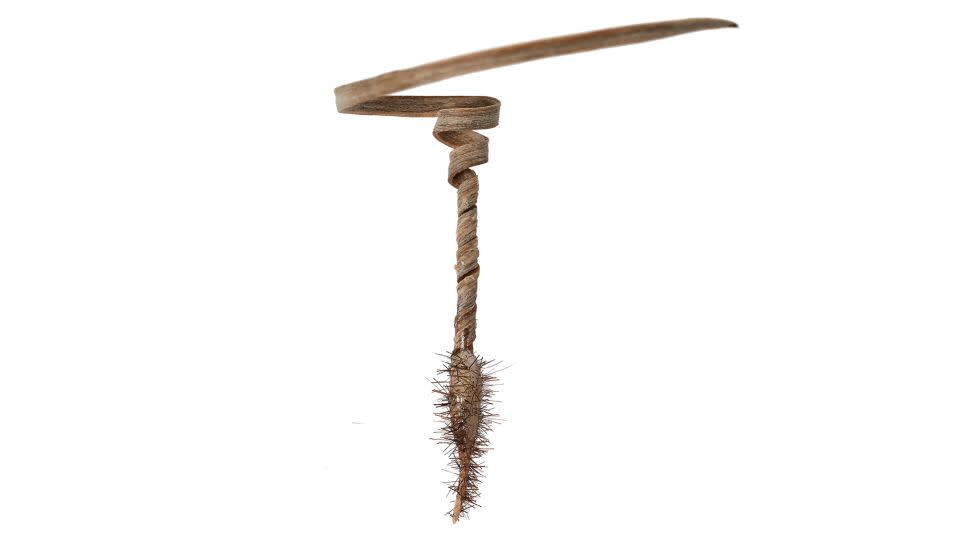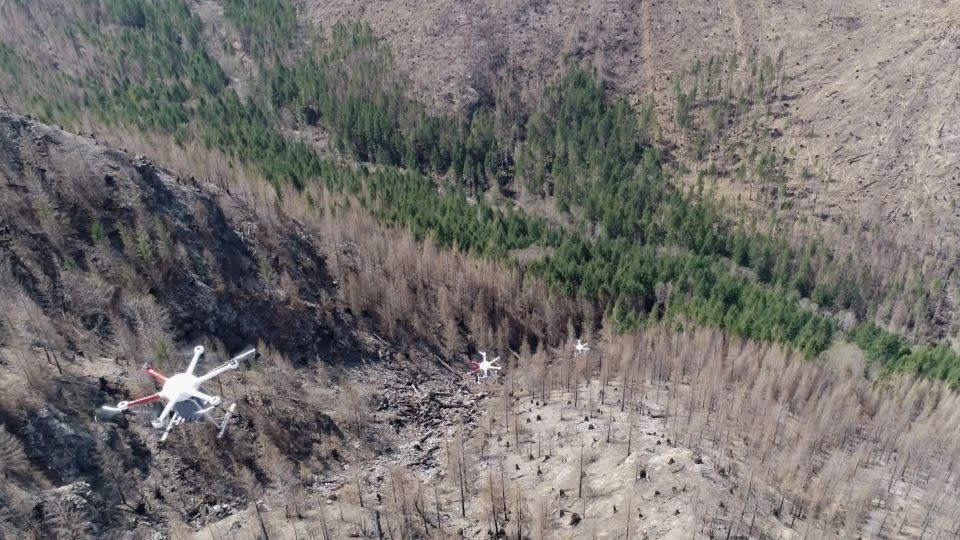The world’s forests are under threat. In addition to being cut down to make room for timber production and agriculture, rising global temperatures are causing more intense forest fires. This year will be the hottest year on record and the worst year for boreal forest fires worldwide.
Reforestation is vital in combating climate change and protecting biodiversity, but planting saplings by hand can be slow and labor-intensive.
In recent years, drones have begun to be used to drop seeds on lands deforested due to forest fires; A company called Mast Reforestation (formerly DroneSeed) has applied this method in the western United States and beyond, and the World Wildlife Fund has used specialized drones to restore rural forested areas in Australia. But for a forest to regrow, fallen seeds must enter the soil and germinate, and this can be a challenge.
Researchers from the Morphing Matter Lab at Carnegie Mellon University in Pennsylvania may have an answer. Inspired by nature’s own design, the lab created an “E-seed” carrier intended to be dropped by drones and drilled into the ground.
But remarkably, the carrier does not need an energy source to penetrate the ground; It’s made of a material that “self-pierces” in response to rain.
Lab director Lining Yao and his colleagues looked to erodium seeds for inspiration.
The seeds of this plant genus have a coil-like “drill” that changes shape when wet, using a “tail” to support itself and propel itself into the ground more effectively.
Based on the same principle, the team created a seed carrier made from white oak wood that naturally responds to changes in humidity. They chemically treated the wood to make it more flexible when wet, but also softer and denser, so it expanded more effectively. Erodium has a single tail, but the seed bearer has three tails, making it easier to bore into the soil.
According to Yao’s research published in the journal Nature, the carrier has an “80% penetration success rate in flat terrain,” making it more effective than erodium seeds in the same conditions. After the bearer nests, the seed is protected from animals and natural elements, increasing its chance of germination.
tailor made
In August, it won the Falling Walls Breakthrough of the Year award, which is given annually to scientific breakthroughs in academic disciplines in design, Engineering and Technology.
Morphing Matter has so far tested its seed carriers only at facilities in Pittsburgh and Changxing, China; But Yao says the lab has attracted interest from venture capitalists and government agencies around the world who want to use the seed carriers in reforestation projects.
But he notes that specific types of seed bearers need to be developed for different locations to adapt to different soil and moisture levels, among other variables. “We need to adapt the design to local conditions and the seeds that appeal to them,” explains Yao.
“The desert is very different from the Amazon rainforest and the coastlines around Hawaii.
The partnership needs to be very collaborative with local practitioners, so we always ask them to send seeds and soil for us to verify.”

Providing the technology to projects around the world will require scaling up production.
“Most of the people reaching out want thousands of seeds, they want to grow millions of trees a year,” Yao says. “I’ve set up a small team in the lab to think about a mass production strategy, but we definitely want to get more financial and personnel support to make this a larger effort.”
Shu Yang, a professor at the University of Pennsylvania, was heavily involved in the E-seed carrier project. The issue of large-scale distribution is a significant one, he says.
“You have to look at the efficiency. It’s 80% right now, and what’s the difference between efficiency and cost when you do it over a large area? … Whether people are interested in doing it, I think the success rate is critical.” says Yang.
But in terms of the production process, Yang believes it will be possible to produce enough carriers to meet demand.
seed famine
The e-seed project is a “remarkable development,” but for seed delivery to be truly effective, better drones need to become more widely available for reforestation, according to Matthew Aghai, Mast Reforestation’s vice president of biological research and development. he adds. . “The technology is not at a place where you can operate with a great deal of control and precision,” typically with traditional drones, he says.


Mast previously manufactured and used drones for reforestation and still uses them in research and development, but not currently for reforestation projects. He also produces millions of seeds each year in the largest seed bank in the western United States and consults with, though is not affiliated with, Morphing Matter Lab. Aghai adds that using drones for reforestation in remote areas requires infrastructure such as charging stations, which is often not available.
But an even bigger problem could be a shortage of seeds to plant, he says, because it takes time to store seeds in banks and seed nurseries need more financing. “Actually, there is a serious seed shortage in our industry. “This is the bottleneck to reforestation, not technology.”
Editor’s Note: This story has been updated to clarify Mast Reforestation’s use of drones.
For more CNN news and newsletters, create an account at CNN.com